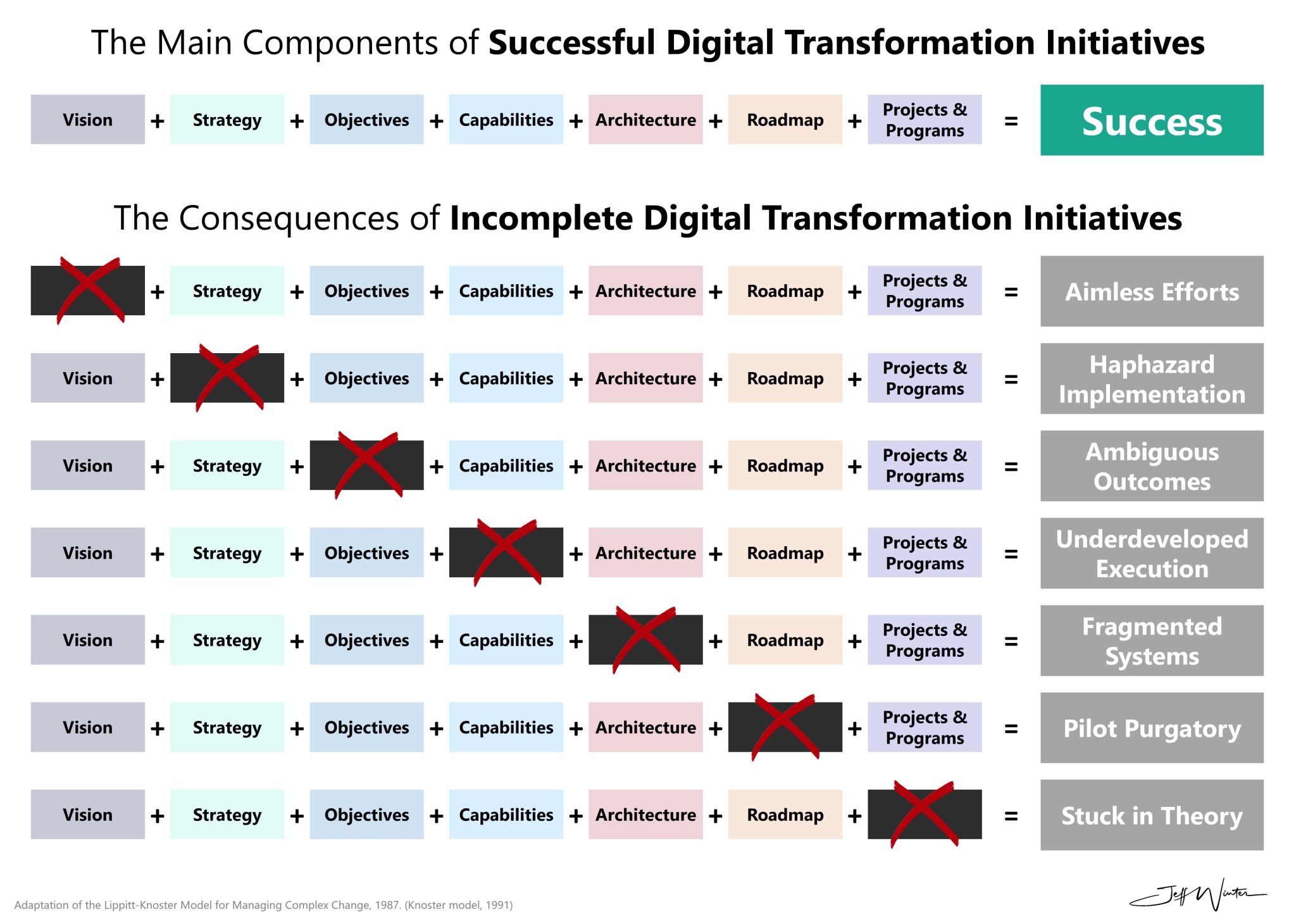Digital Transformation in the Built Environment: 2
In my previous article, I wrote about exploring a 15th century windmill and the parallels between it and modern digital buildings. If you missed it or would like a refresh, here it is again: https://www.mixconsultancy.com/digital-transformation-in-the-built-environment/
In the article, I mentioned 5 recipe items for successful digital transformation in the built environment – Strategy, Change Management, Data Ownership, Iterative and Agile, and Journey – offering a brief explanation of each, with this article the first in a series of articles unpacking each item in greater detail.
Following on my previous theme, this time I visited Burgh Castle, a late 3rd century ‘Saxon Shore’ fort, built by the Romans as part of their network of coastal defences against seaborne raiders, particularly the Saxons.
What is now an unassuming structure, and to the untrained eye, a pile of rocks, was in its heyday of significant strategic significance to the Romans.
A defence strategy was essential before constructing these forts to ensure they could effectively protect the coastline and Roman interests. The strategy influenced the forts’ locations, often placed near river mouths and harbours to monitor and defend vulnerable entry points.
Forts were positioned to allow rapid communication and reinforcement between them, creating a defensive network along the shore.
Additionally, fort design incorporated robust features such as thick stone walls, ditches, and fortified gates, making them resilient to both seaborne and land-based attacks. Towers were integrated to provide elevated vantage points for spotting incoming enemies and launching defensive counterattacks.
A solid defence strategy ensured the forts could withstand long sieges and protect garrisons, supplies, and local populations. Without such planning, these forts would have been ill-equipped to defend against the Saxon threat, risking the security of Roman Britain.
You can see where I’m going with this.
The modern built environment, including buildings and infrastructure, is undergoing a profound change with the rise of digital technologies. Central to this shift is the concept of smart or digital buildings, which leverage interconnected systems and data-driven technologies to enhance efficiency, sustainability, and user experience.
To effectively harness these innovations, organisations must adopt a comprehensive digital transformation strategy. But what exactly is such a strategy, and how does it relate to smart buildings?
What is a Digital Transformation Strategy?
A digital transformation strategy is a long-term plan that integrates digital technologies into an organisation’s core operations. It outlines how a company can leverage new tools such as IoT (Internet of Things), AI (Artificial Intelligence), data analytics, and cloud computing to optimise performance, reduce costs, and enhance services. In the context of smart buildings, a digital transformation strategy focuses on using these technologies to improve building management, energy efficiency, and user interaction.
This strategy is not merely about adopting technology; it involves rethinking traditional processes and aligning them with digital capabilities to unlock new value. It covers everything from integrating smart sensors that monitor energy use to deploying AI systems that predict maintenance needs.
Why is a Digital Transformation Strategy Important?
In an increasingly connected world, a digital transformation strategy is no longer a luxury but a necessity. Several key reasons highlight its importance:
Operational Efficiency – digital buildings powered by a clear digital strategy operate more efficiently. Automation of routine processes, predictive maintenance, and real-time monitoring can significantly reduce downtime and costs.
Sustainability – digital technologies enable the efficient use of resources, helping buildings meet green standards and reduce carbon emissions. This aligns with global trends towards sustainability and energy conservation.
Competitive Advantage – as more organisations invest in digital buildings, those without a digital strategy risk falling behind. A digital transformation can enhance the attractiveness of a property by offering advanced features that tenants and employees increasingly demand.
Data-Driven Decision-Making – with digital buildings generating vast amounts of data, a digital transformation strategy allows stakeholders to make informed decisions. For instance, analysing energy consumption patterns can lead to more effective cost-saving measures.
How Does One Create a Digital Transformation Strategy?
Developing a digital transformation strategy requires a structured approach:
Assessment of Current State – begin by assessing the current state of a building, assets or portfolio. Identify existing technological capabilities, infrastructure limitations, and areas where digital improvements could be beneficial.
Set Clear Objectives – define clear goals for the transformation. This could include improving energy efficiency, enhancing user experience, or reducing operational costs. It’s important to align these objectives with the broader organisational goals.
Identify Technologies and Tools – research the available technologies that best fit your objectives. For example, smart sensors for energy monitoring, cloud platforms for data storage, and AI systems for predictive maintenance are common in smart buildings.
Develop an Implementation Plan – outline the steps required to integrate digital technologies, from upgrading infrastructure to training staff. It’s crucial to break the plan into manageable phases, ensuring a smooth transition without disrupting daily operations.
Engage Stakeholders – involve all relevant stakeholders from the outset. Collaboration between owners, facility managers, IT professionals, and end-users ensures that the digital transformation meets everyone’s needs.
Monitor and Optimise – after implementation, continuous monitoring is essential. Analyse the data produced by digital systems to optimise operations further, adjusting where necessary.
What Are the Risks in Not Having a Digital Transformation Strategy?
Failing to adopt a digital transformation strategy can expose organisations to several risks:
Operational Inefficiency – without a structured plan for integrating digital technologies, buildings may continue to rely on outdated systems, leading to inefficiencies, higher energy use, and increased operational costs.
Missed Opportunities for Innovation – digital building technologies are advancing rapidly, and organisations without a strategy may miss out on innovations that could streamline operations, improve occupant experience, or boost sustainability efforts.
Competitive Disadvantage – as digital buildings become the norm, properties without advanced digital systems may struggle to attract tenants or investors. This can lead to decreased property value and occupancy rates.
Increased Maintenance Costs – a digital transformation strategy allows for predictive maintenance, identifying issues before they become costly problems. Without this, reactive maintenance could result in higher repair costs and unexpected downtime.
Compliance and Regulatory Risks – governments are increasingly implementing regulations focused on sustainability and building performance. Without a digital strategy, buildings may struggle to meet these requirements, facing penalties or restrictions.
How is a Digital Transformation Strategy Different from a RIBA Construction Project Brief?
A RIBA (Royal Institute of British Architects) construction project brief is a document outlining the requirements, objectives, and specifications for a building project, typically focusing on design, construction, and architectural features. It serves as a framework guiding the physical construction and design phases of a project.
In contrast, a digital transformation strategy focuses on integrating digital technologies across a building’s lifecycle, including its operation and management. While the RIBA brief deals primarily with the construction process, a digital transformation strategy is concerned with the long-term digital performance of a building, encompassing everything from smart building technologies to data-driven decision-making.
The key distinction is that a RIBA construction brief centres on the physical attributes and functional requirements of a building project, whereas a digital transformation strategy focuses on the integration of digital systems and technologies to optimise building performance after the construction phase is completed. While the two may overlap, particularly as architects increasingly incorporate smart technology into their designs, they serve distinct purposes.
In the era of smart buildings, a digital transformation strategy is essential for those involved in the built environment. By integrating advanced technologies, organisations can optimise building operations, reduce costs, and enhance user experience. Those without such a strategy risk falling behind, missing out on the numerous benefits that smart technologies can offer. As the digital landscape continues to evolve, a clear and well-executed strategy will be critical for ensuring that buildings remain efficient, sustainable, and competitive in the years to come.
As a parting thought, and quoting Henrik von Scheel:
“Think value, not tech; Think people, not tools; Set clear targets from the start”
Author:
Brahm Lategan
Smart Building Consultant
MiX Consultancy
Copyright
04/10/2024
Sources and credits:




